The Early and Middle Paleolithic (2.5 million – 40.000 years ago)
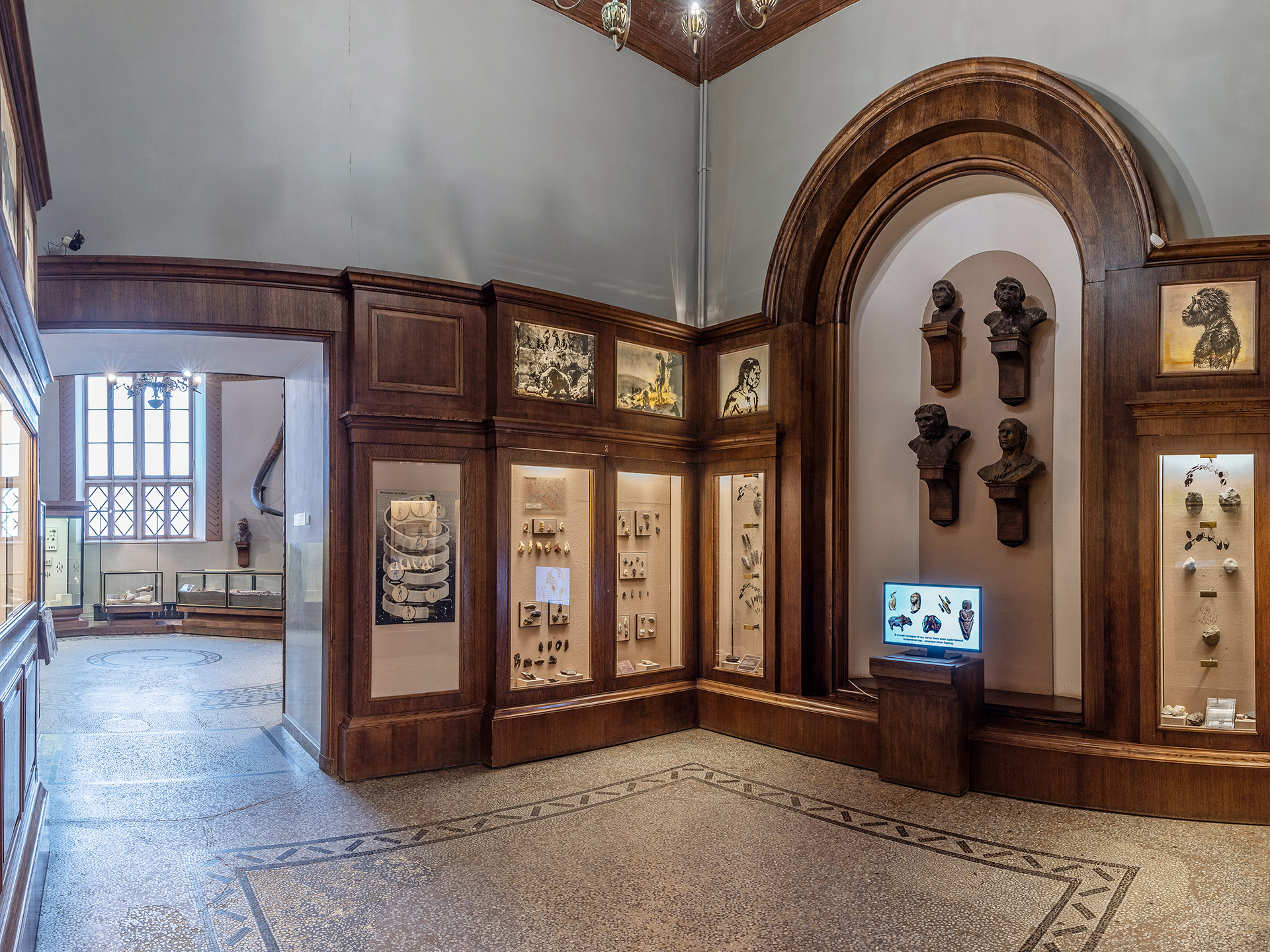
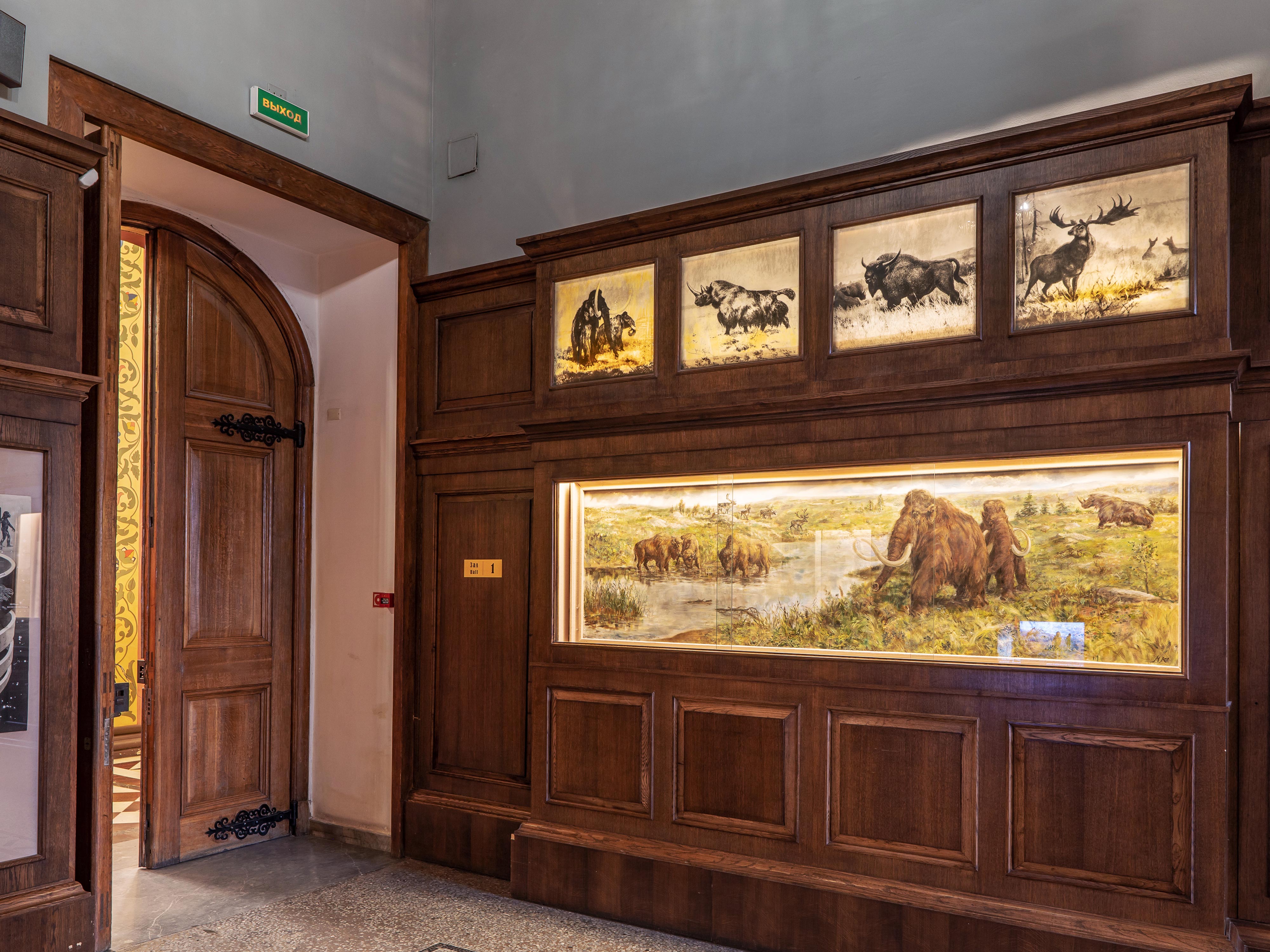
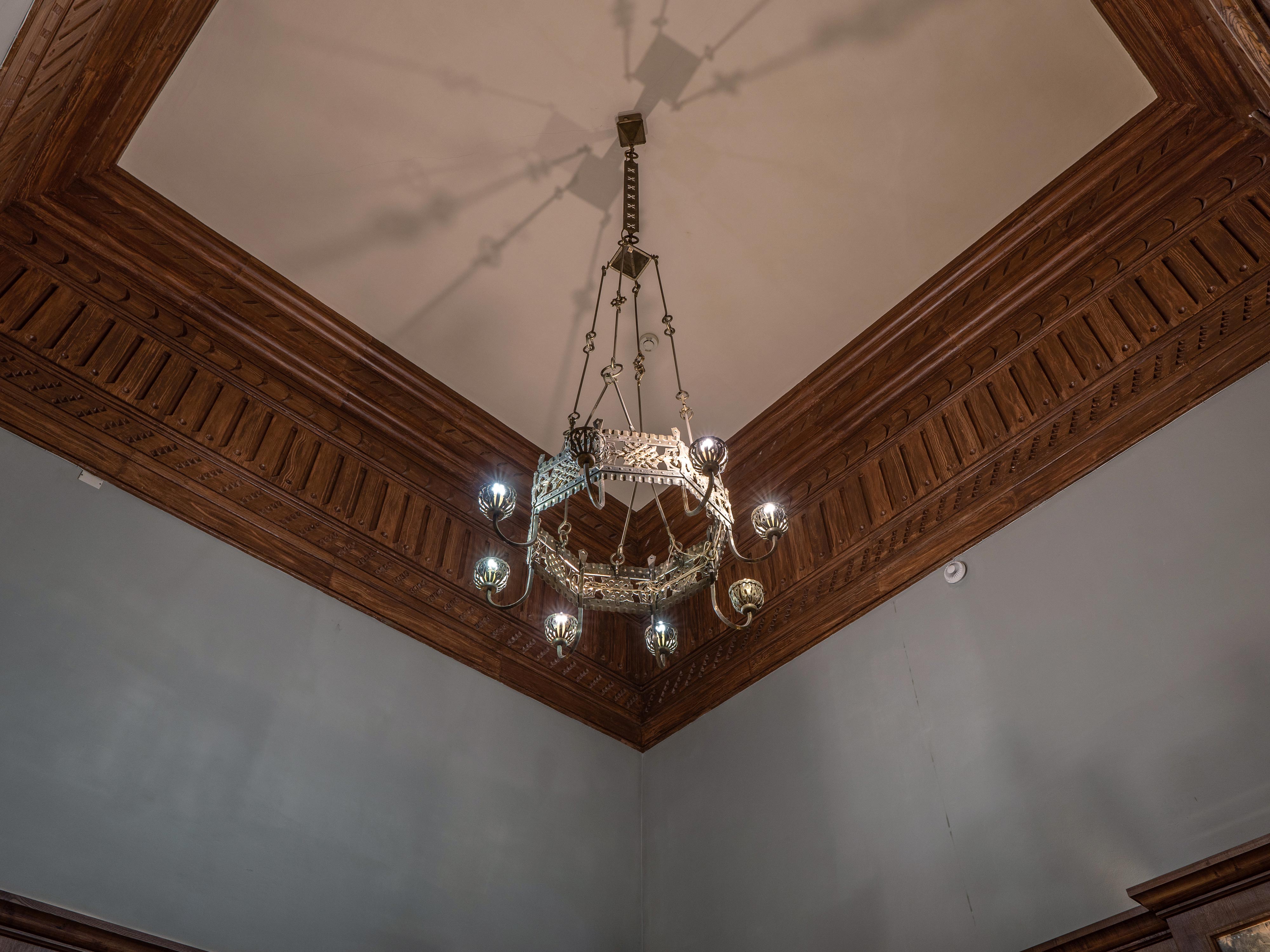
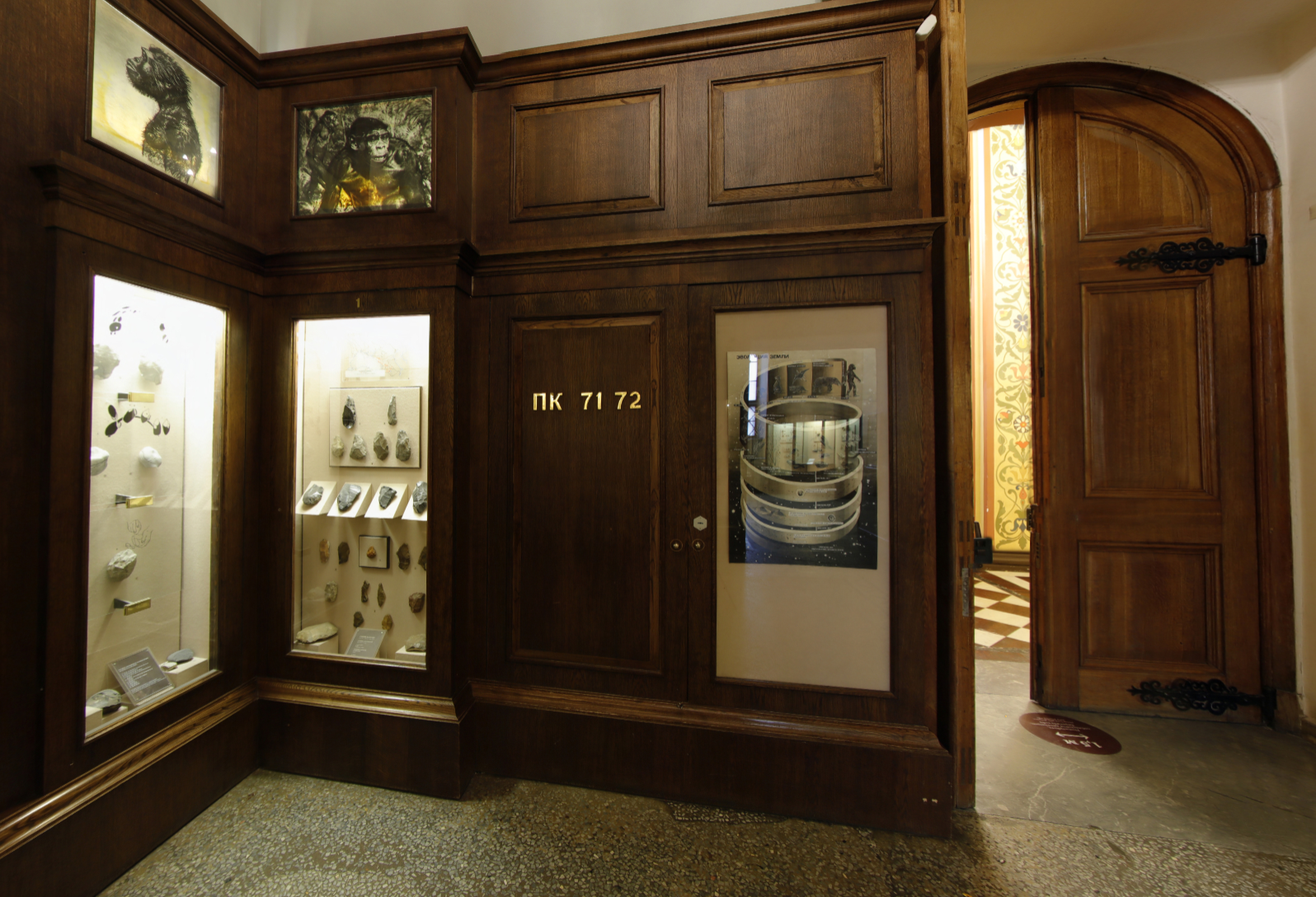
The first hall presents exhibits related to the earliest era of the formation of mankind – the lower and middle Paleolithic (1 million years ago – 40 thousand years ago). The first representatives of the Homo-Pithecanthropus genus (in Latin Homo Erectus), inhabited our territory, moving from South to North. They arrived in Europe in the relatively warm interglacial era. Later, in the era of cooling, Europe was inhabited by new species – Neanderthals (in Latin Homo Sapiens Neanderthalensis). They were adapted to survive in the cold climate, hunt animals, live in rock caves and to build dwellings on the plains. Depending on the quality of the local stone, they had to learn and improve different techniques of its processing.
Thematic structure of the hall

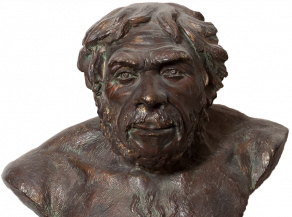
The middle Paleolithic, or Middle ancient stone age — was an epoch that lasted between 150,000 and 30,000 years ago. More accurate Dating by existing methods is difficult. The middle Paleolithic of Europe is called the mustier epoch after a famous archaeological site in France. The middle Paleolithic has been well studied. It is characterized by a wide human settlement, as a result of which the paleoanthropus (middle Paleolithic man) settled almost throughout the entire glacier-free territory of Europe. The number of archaeological sites has grown significantly. The territory in Europe is populated up to the Volga. Mousterian sites appear in the Desna basin, the upper Oka, and the Middle Volga region. In Central and Eastern Europe, the monuments of the middle Paleolithic are 70 times more numerous than those of the early Paleolithic. At the same time, local groups and cultures appear, which becomes the basis for the birth of new races and peoples. Tools the production of stone tools has Improved. The stone industry of that time is called "Levallois". It is characterized by the chipping of flakes and plates from a specially prepared disc-shaped "nucleus". They differ in their form stability. Bilaterally processed tools are also used in the middle Paleolithic in some regions, but they change significantly. Hand choppers are reduced in size, often made from flakes. There are leaf-like tips and tips of various types that were used in complex tools and weapons, such as throwing spears. A typical mustier tool-a scraper-has multiple forms. Mousterian tools are multifunctional: they were used for processing wood and hides, for planing, cutting, and even drilling.It is believed that the European moustache developed in two main zones-in Western Europe and the Caucasus-and from there spread throughout Europe. A direct link between the middle and early Paleolithic is established in rare cases.
Ways to split a stone
When making stone tools, the material was split in principle in two ways: by hitting or pressing. Shock splitting is divided into direct and indirect (indirect) splitting. Most often, for impact splitting, a striker was used, often representing an ordinary cobblestone of suitable size and hardness. To find out that the flakes were repelled from the core using a stone striker, you can use two signs. When a stone hits a stone, a small depression or "wound" appears at the site of the impact, a noticeable impact bump and a trace of the impact is formed on the opposite side of the chip. It is necessary, of course, to take into account the fragility of the material and secondary processing, or retouching, as a result of which the impact marks could be eliminated. However, particularly thin points and knives made of plates can only be made by indirect impact, i.e. using a bone or wooden chisel. The blank, of course, can be separated from the nucleus using a stone striker. If, instead of a stone striker, we use, say, a peg made of hard wood, suitable mainly for well-fissionable materials, such as obsidian or flint, we will find that on the heel of the flake is formed an inconspicuous impact mound, less noticeable than the mound that arose from a direct hit with a stone. It also occurs when a wooden or bone object is pressed hard on a stone nucleus.
Антропогене́з[1] — часть биологической эволюции, которая привела к появлению человека разумного (лат. Homo sapiens), отделившегося от прочих гоминид, человекообразных обезьян и плацентарных млекопитающих, процесс историко-эволюционного формирования физического типа человека, первоначального развития его трудовой деятельности, речи. Изучением антропогенеза занимается множество наук, в частности антропология, палеоантропология, генетика, лингвистика.
В эволюционном контексте термин «человек» относится не только к ныне живущим людям, но и к представителям вымерших видов рода Homo. Кроме того, исследования антропогенеза распространяются на других гоминид, например, австралопитеков. Род Homo отделился от австралопитеков или подобных им гоминин около 2 млн лет назад в Африке. Существовало несколько видов людей, большинство из которых вымерло[2]. К ним, в частности, относятся эректусы и неандертальцы.
Важнейшими этапами антропогенеза, отделившими человека от других гоминид и выделившими его из мира животных, были начало изготовления орудий труда, освоение огня и появление языка.
Начиная с H. habilis, люди использовали каменные орудия, всё более искусно изготовленные (см. Палеолит). В последние 50 тыс. лет технология и культура изменяются быстрее, чем в предшествующие эпохи.
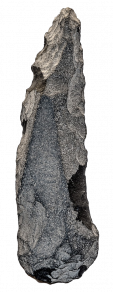
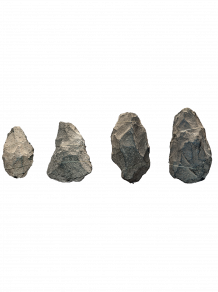
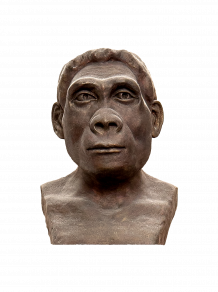
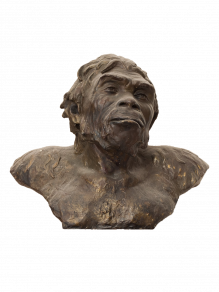
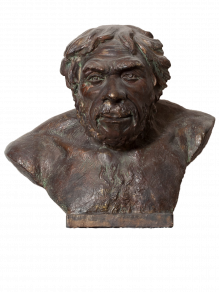
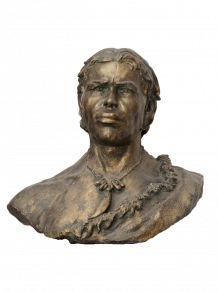
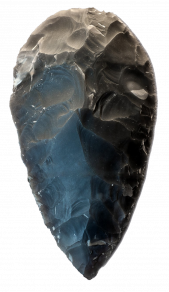
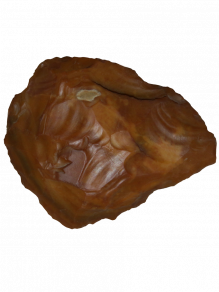
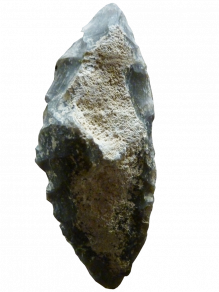
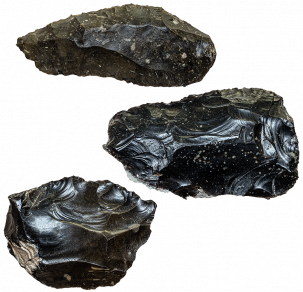
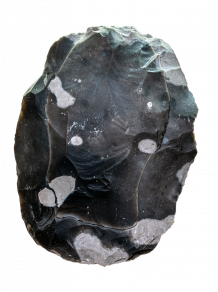
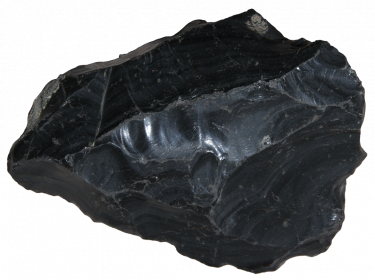


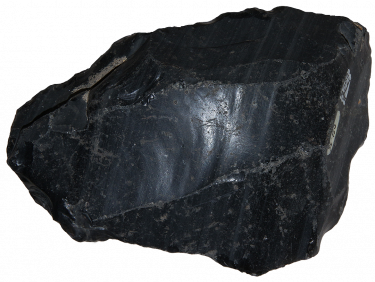
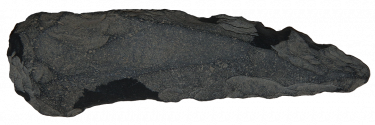
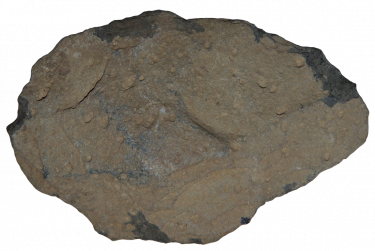

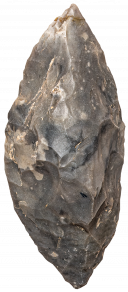
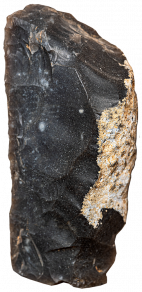
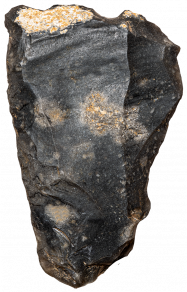
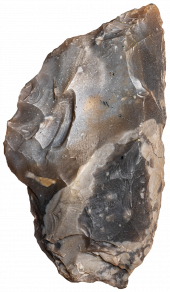
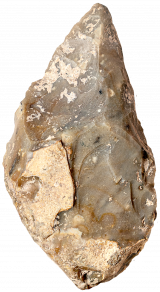

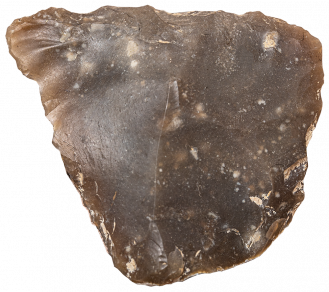
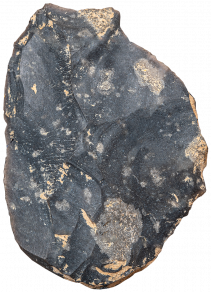
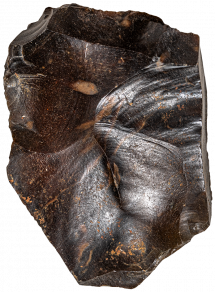
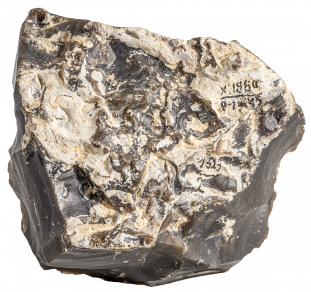
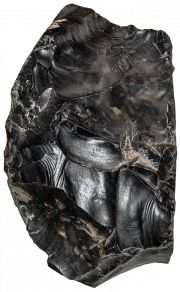
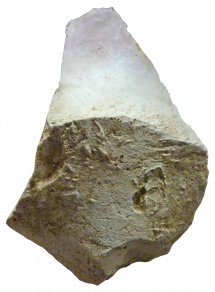
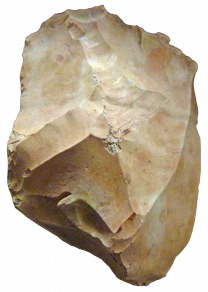
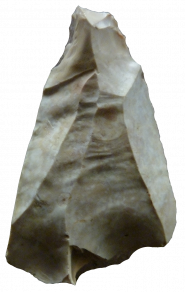
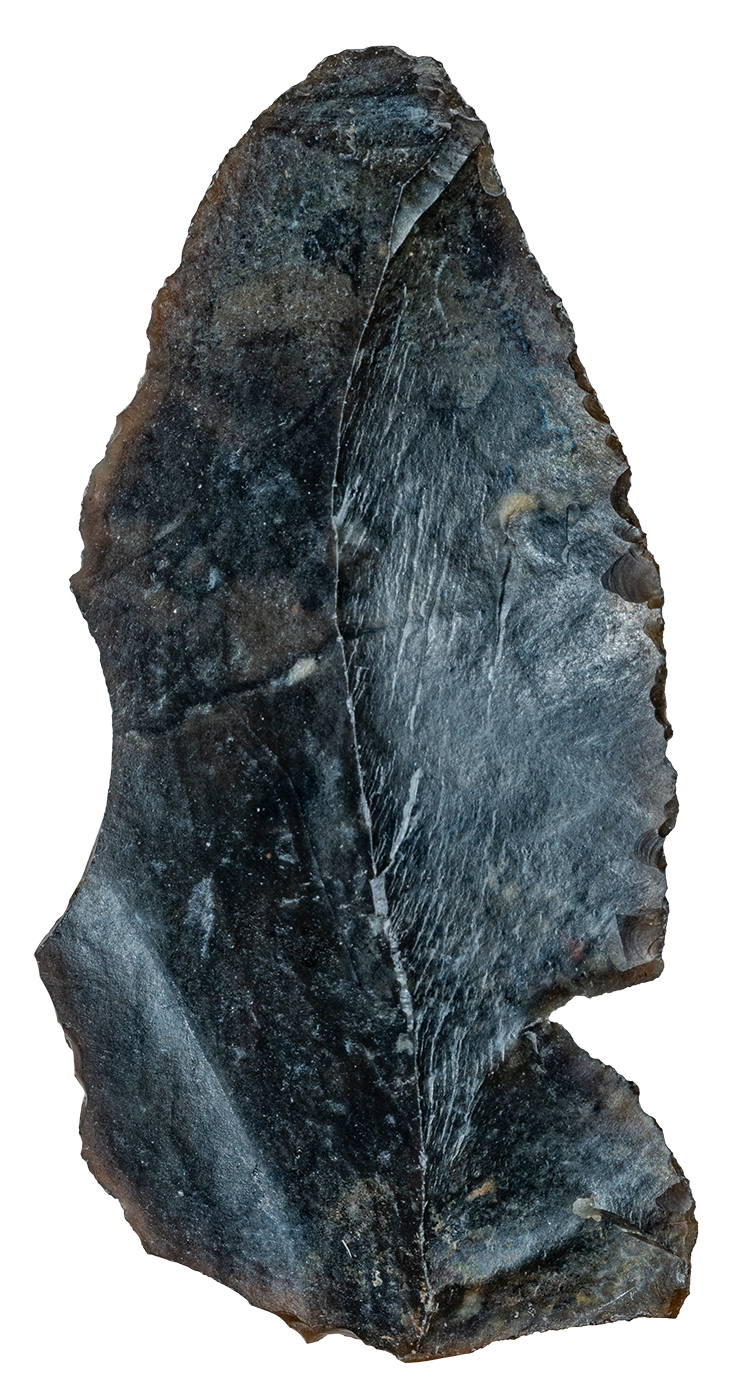
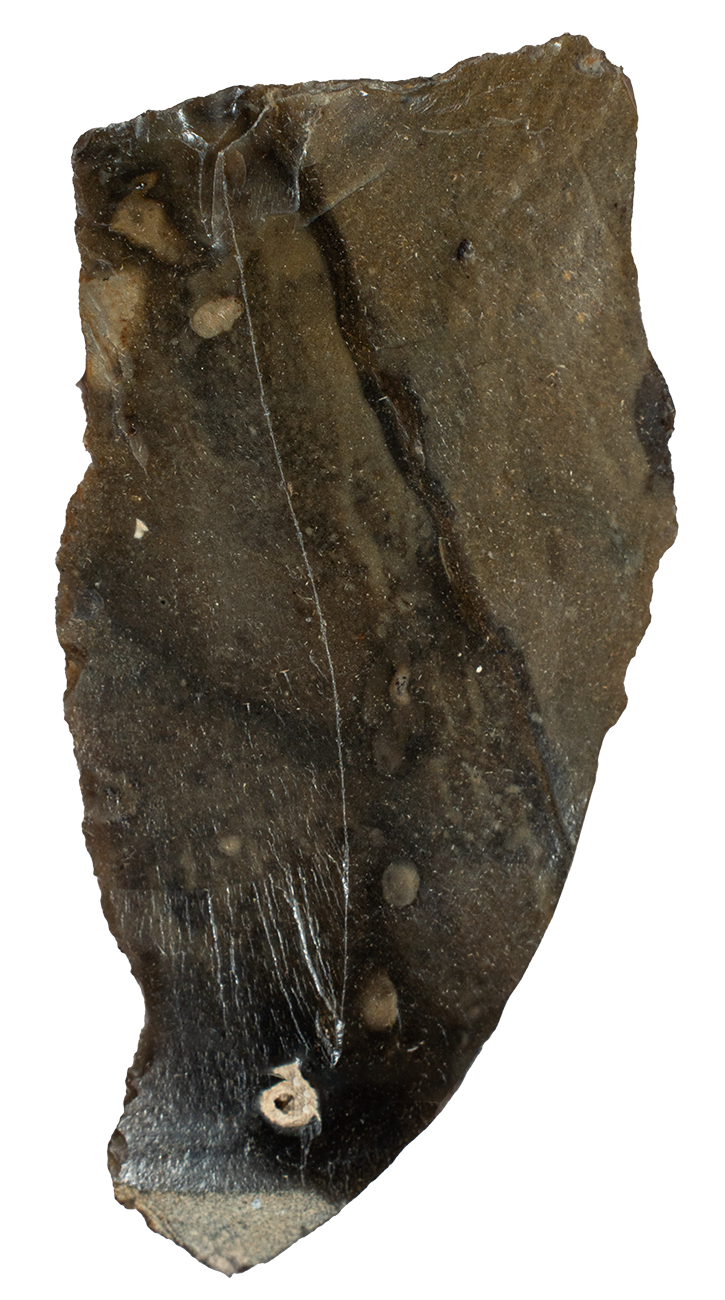
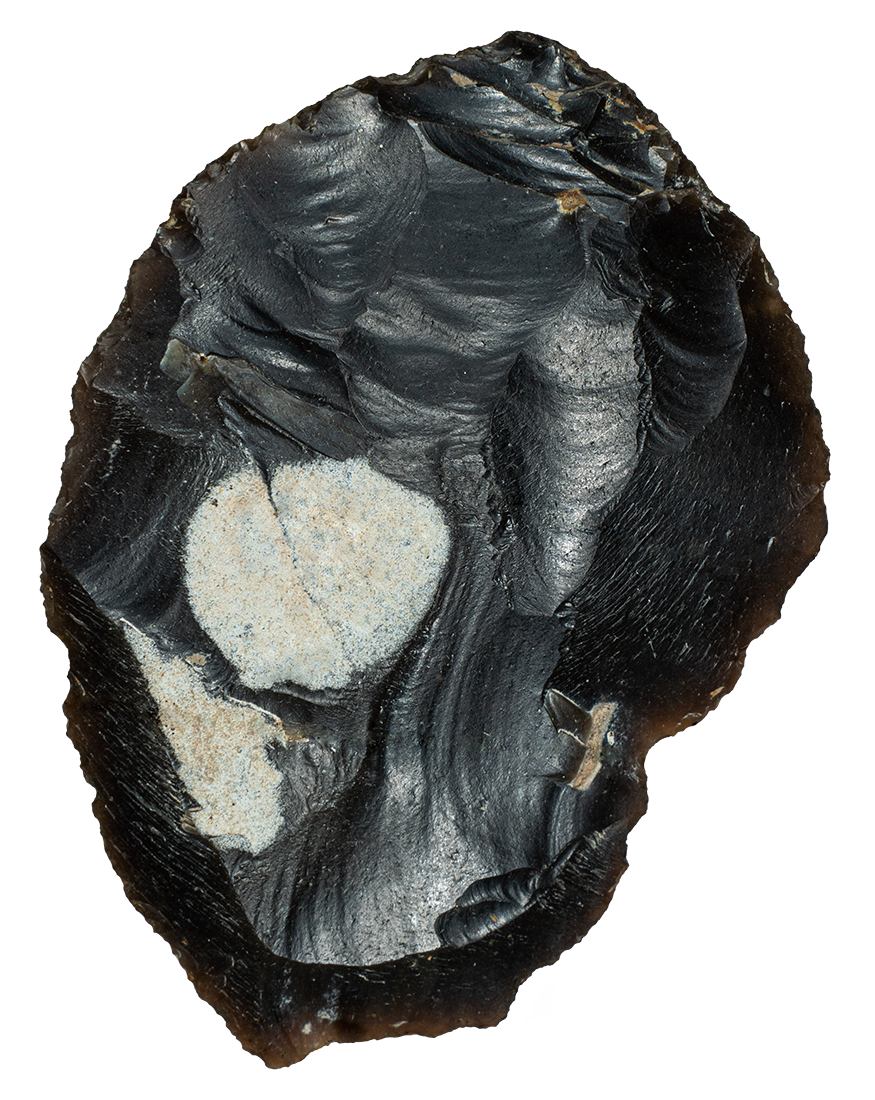
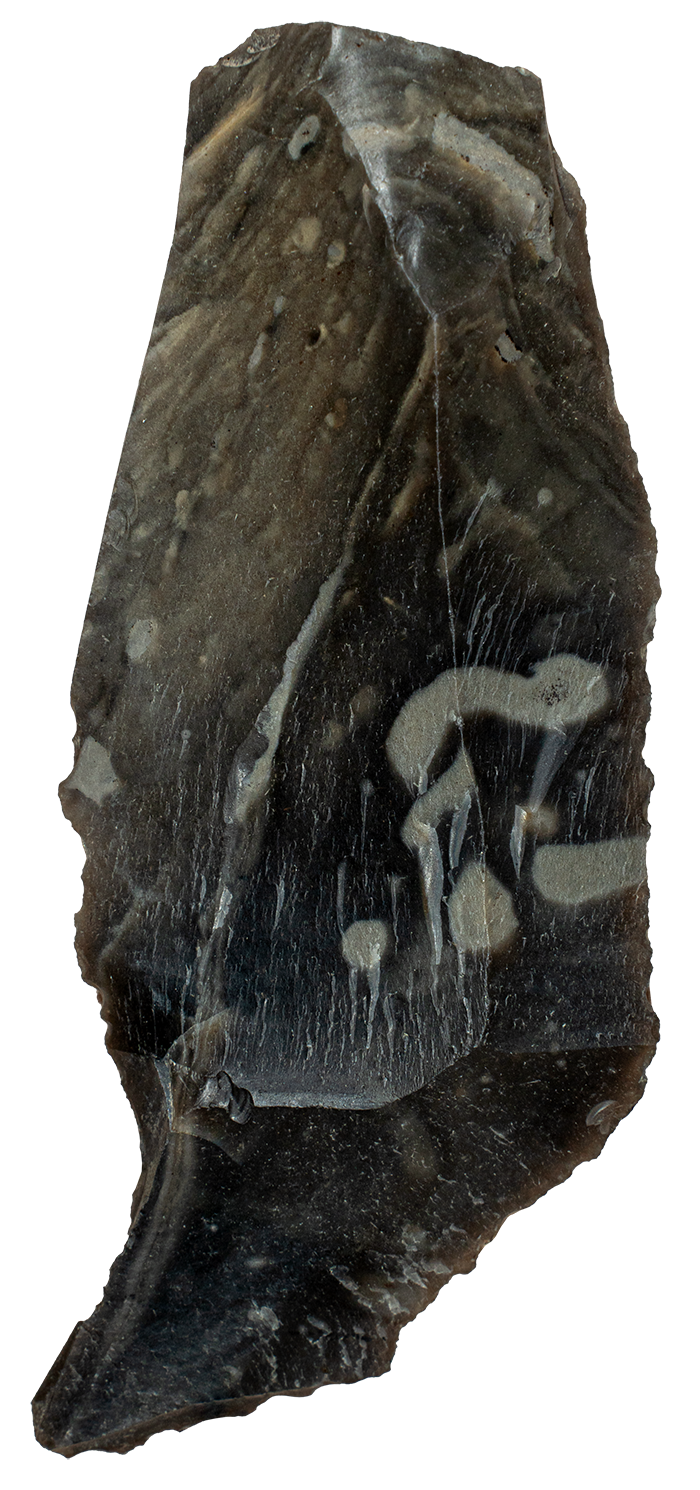
In the design of the first three Archaeological halls of the Museum (stucco cornices and floor mosaics) were used main and typical ornamental motifs of the most ancient clay vessels of the stone age of the Russian plain.
The creators of the Museum intended the first two halls for a display of archaeological artifacts of the most ancient and the longest period in human history – the Stone Age. The detailed study of it Russian archeologists began in the 1870s. Since that time prehistoric archeology became one of the greatest interests of one of the founders of the Museum – Aleksey S.Uvarov.
In 1877 Aleksey S.Uvarov examined the slope of the ravine on the territory of his Karacharovo manor in Murom Province, and recorded the location of the Paleolithic site. The same year, he conducted excavations in the valleys of the Oka and the Vetel’ma rivers in the vicinity of Volosovo village and Plekhanov Bor area. Among the findings of Volosovo Camp were carefully crafted tools and pieces of crockery of baked clay.
The hall is decorated with the mosaic floor and a tinted stucco cornice that adorns the upper part of the walls with geometric pattern designed after dimple-combed ornament of Neolithic ceramics.
Almost all mosaic floors in the rooms of the first floor are made by the craftsmen of Sedov artel (team). The stucco works were made by the sculptor G.E.Chizhov.

